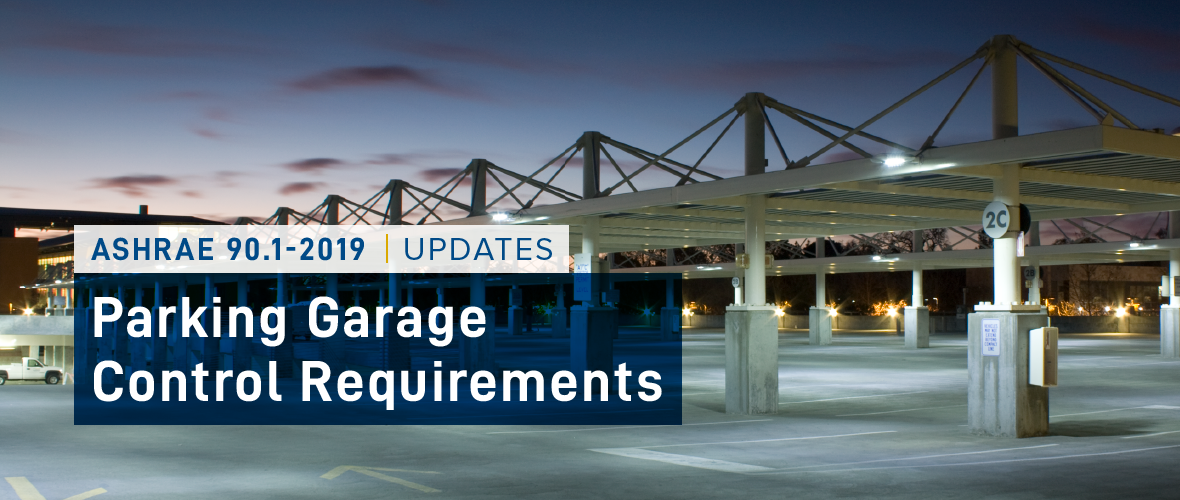CLTC is excited to share the lighting updates made to the ANSI/ASHRAE/IES Standard 90.1-2019 Energy Efficiency Standard for Buildings that were released in October 2019! Notable changes from the 2016 version include:
- Lighting control requirements for parking garages were updated to account for the use of LED in this application by increasing the stringency of the setback requirement from 30% to 50%, and reducing the control timeout from 20 minutes to 10 minutes.
- Lighting power allowances for the Space-by-Space Method and the Building Area Method were modified to reflect the outcomes of the fully reconstructed Standard 90.1 lighting model, which includes many updates and improvements. The model is more representative of real-world conditions with the inclusion of updated IES recommendations, room cavity ratios, additional surface reflectance categories, light loss factors, and a 100% LED technology baseline with updated efficacy values.
- A new simplified method for lighting was added to provide a simple approach for contractors and designers who design or renovate office buildings and retail buildings up to 25,000 square feet.
- Daylight responsive requirements were updated from continuous dimming or stepped control to continuous dimming required for all spaces, and a definition was added for continuous dimming based on NEMA Lighting Controls Terminology publication (LSD-64-2014).
- Side-lighting requirements were updated to clarify that the setback distance is a horizontal measurement, and the exception was amended to include natural objects as an obstruction.
Specific to the parking garage updates, CLTC is proud to be part of the research community that, coupled with innovative manufacturers and competitive pricing, has continued to move this increasingly aggressive bi-level parking garage control strategy from an emerging technology to a mandatory requirement in both the California's Title 24 and ASHRAE 90.1.
In 2011, CLTC developed and deployed adaptive parking lot and garage lighting solutions as part of the California Energy Commission's PIER project. This early research focused on the combination of occupancy-based lighting controls and dimmable light sources to create intelligent, bi-level luminaires for parking applications. These innovative products achieved 30 – 75% energy savings compared to traditional parking area luminaires, met stringent energy-efficiency standards, and provided excellent lighting distribution and color rendering for all types of parking area applications.
Pictured above: UC Davis incorporated these lessons into a large-scale deployment at their campus. Results from this early deployment provided the foundation for emerging technology efforts with the California investor owned utilities, as well as statewide codes and standards enhancement activities.

